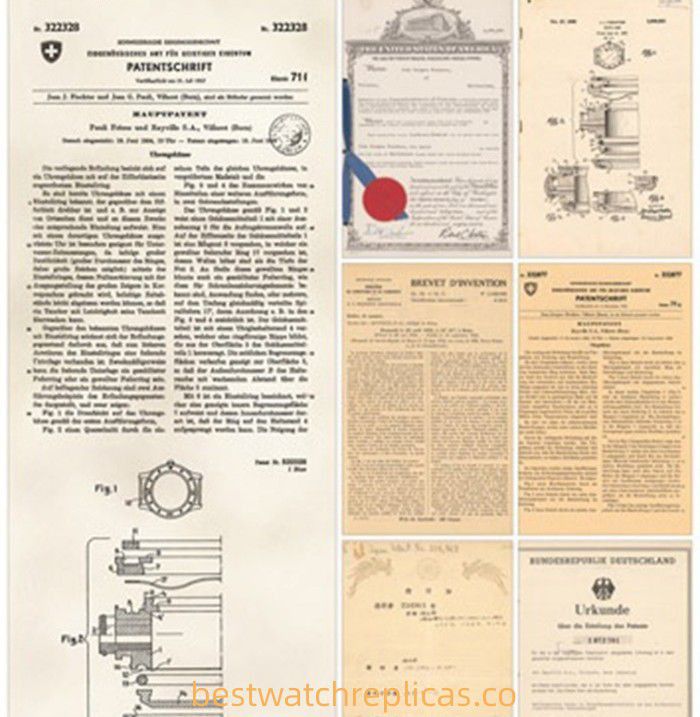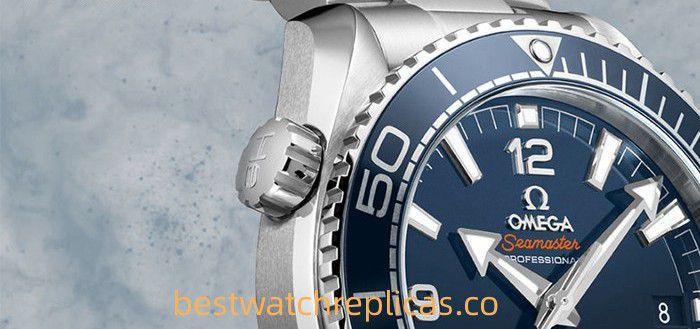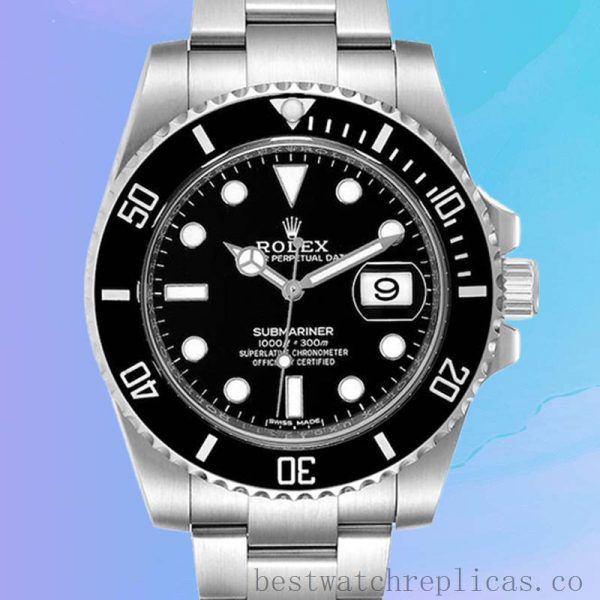Best Replica Watches Info
The “Past Life And Present Life” Of Diving Watches, Cheap Rolex Replica
For watches, water, dust, magnetism, and vibration are all enemies that affect their accuracy. Waterproofing is crucial because daily use of watches may cause water to enter the watch and cause significant harm. Today’s sports watches are almost 100 meters water-resistant, while diving watches are more than 200 meters water-resistant. However, let’s look back at the history of the development of watch waterproof performance. The waterproof performance we take for granted today is a long road of research and development and worth slowly savoring.

If we talk about the beginning of waterproof watches, it was in the 1920s that the watch case was changed from a snap-on type to a screw-in type. Before the switch to screw-down, the waterproofing solution was to seal the watch in a case, which protected all parts but had two drawbacks. The first is that the entire watch is enormous. The second flaw is that whenever the manual movement needs to be wound or the time needs to be adjusted, it must be removed from the case and put back. At that time, self-winding mechanical watches had not yet been invented, so this kind of case would be used frequently and repeatedly, out quickly, and then sent for repair. As such, the shell has a limited future. Technicians, therefore, needed to invent a more practical and durable solution.

The first attempt at a screw-in watch case was made by a manufacturing technician named Francois Borgel, who made two slightly different watch cases using rotation locking in 1891 and 1903. The main benefit is to abandon the shell and achieve better sealing. The mechanical structure of this watch case contains a threaded ring, and the bezel and back cover are connected to the case by rotation and locking. This case also has some things that need to be fixed, as the crown is not sealed, and moisture and fine dust can still enter the movement.

The first patent on crown sealing was born in October 1925 by two watchmakers, Paul Perregaux and Georges Perret, but it still needed to be mature. It also has two flaws. First, the position for unscrewing the crown is the same as for winding it, so once you have everything set up, if you have to unscrew it again, the watch’s hairspring is bound to receive some wear. Second, the material used to seal the crown is exposed (position 16 in Figure 1) and is made of fragile materials such as cork, leather, or felt. These materials can quickly lose their sealing properties and need to be replaced. Given the production capacity at the time, these were the only materials that could be used.

After this patent was discovered and bought out by Hans Wilsdorf, one of the founders of Rolex, it was improved. The seal is moved from the outside to the inside of the shell, and the sealing material is lead, which extends its practicality and waterproofing effect, which is also ideal. When Rolex improved the crown design, Rolex’s classic Oyster case was also born. Weisdorf registered the patent in the UK in his name. This is the famous Oyster patent, the originator of diving watches. Since then, the diving watches produced by Rolex in cooperation with this technology have become a global sensation. Cheap Rolex replica.

The first rotating outer ring of a diving watch appeared in 1953. Blancpain equipped the first generation Fifty Fathoms diving watch with a rotating outer ring and applied for a patent. Rolex’s most famous “Submariner” series also waited until the end of this patent protection period before being equipped with a rotating outer ring in the 1980s. Unlike the double-rotating bezel, the rotating outer ring of the diving watch can only rotate counterclockwise in one direction. This is also set up to protect the life safety of divers and prevent the diver from misoperation in complicated underwater situations, causing the bezel to rotate and extend the time. Dive time.
In 1982, ISO officially determined the international standard for diving watches and revised it twice. The 11 significant items are chosen, including the watch being able to withstand 100 meters of water resistance, being identifiable in the dark, being antimagnetic, being impact resistant, being resistant to external force, being resistant to salt water, being resistant to temperature differences; being able to be at least as accurate as Rotating bezel with a 5-minute scale; no hindrance to operation and use in water; resistant to air pressure; for helium-added diving imitation watches, attention must be paid to the risk of damage to the expected timing function, etc.

In addition to the screw-in case, crown, and rotating bezel, there is also an essential waterproof technology – a helium escape valve. Helium gas will enter the case when mechanically diving in the diving chamber due to deep sea high pressure. The flow of this gas will equalize the pressure inside the gauge with the outside world. However, when the diving chamber rises, the gas pressure inside the watch will significantly exceed that of the outside world, putting the watch case at risk of exploding. The helium exhaust valve (most watches now automatically exhaust helium) can quickly discharge the accumulated helium from the watch case to ensure its safety.
Generally speaking, diving watches equipped with helium escape valves can be used for deep-sea operations. For ordinary “scuba” diving (that is, diving with helium and oxygen bottles) that diving enthusiasts often do, or “naked diving” without any equipment, When diving, there is no need to install a helium escape device on the diving watch because the diving depth is limited.
In addition to the above, diving watches’ materials, crystals, bracelets, movements, etc., are constantly being upgraded and improved. Although these expensive high-end diving watches are in your hands, most require more effort to dive into the seabed to show off their skills. But there is no doubt about the excellent professional quality of these timing tools marked with diving depths. Loving a diving watch is its appearance, story, and infinite yearning for the sea.

Series: Submariner
Brand: Rolex
Gender: Men’s
Band Color: Silver-tone
Case Color: Silver-tone
Movement: Automatic
Band Width: 20mm
Model: 116610LN

